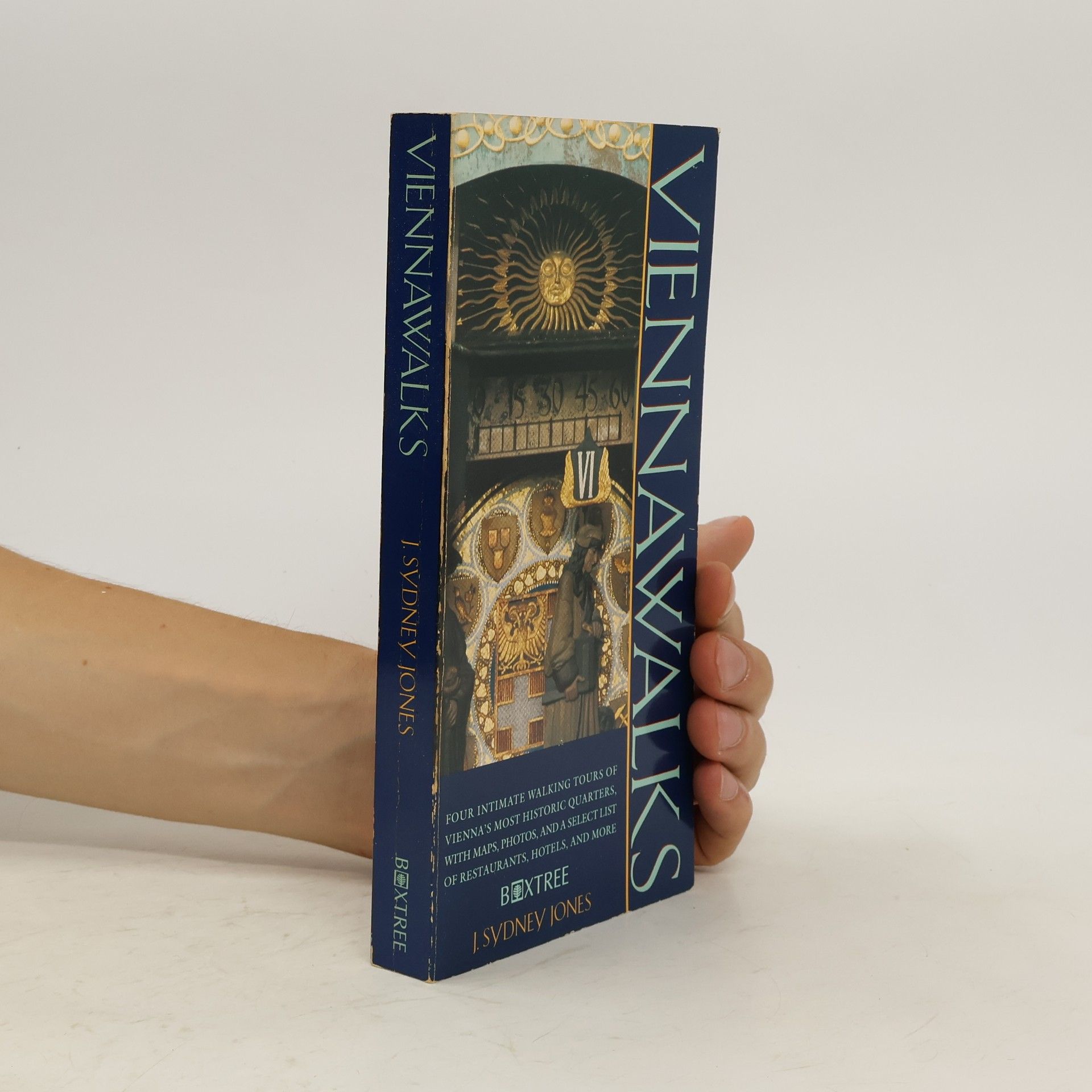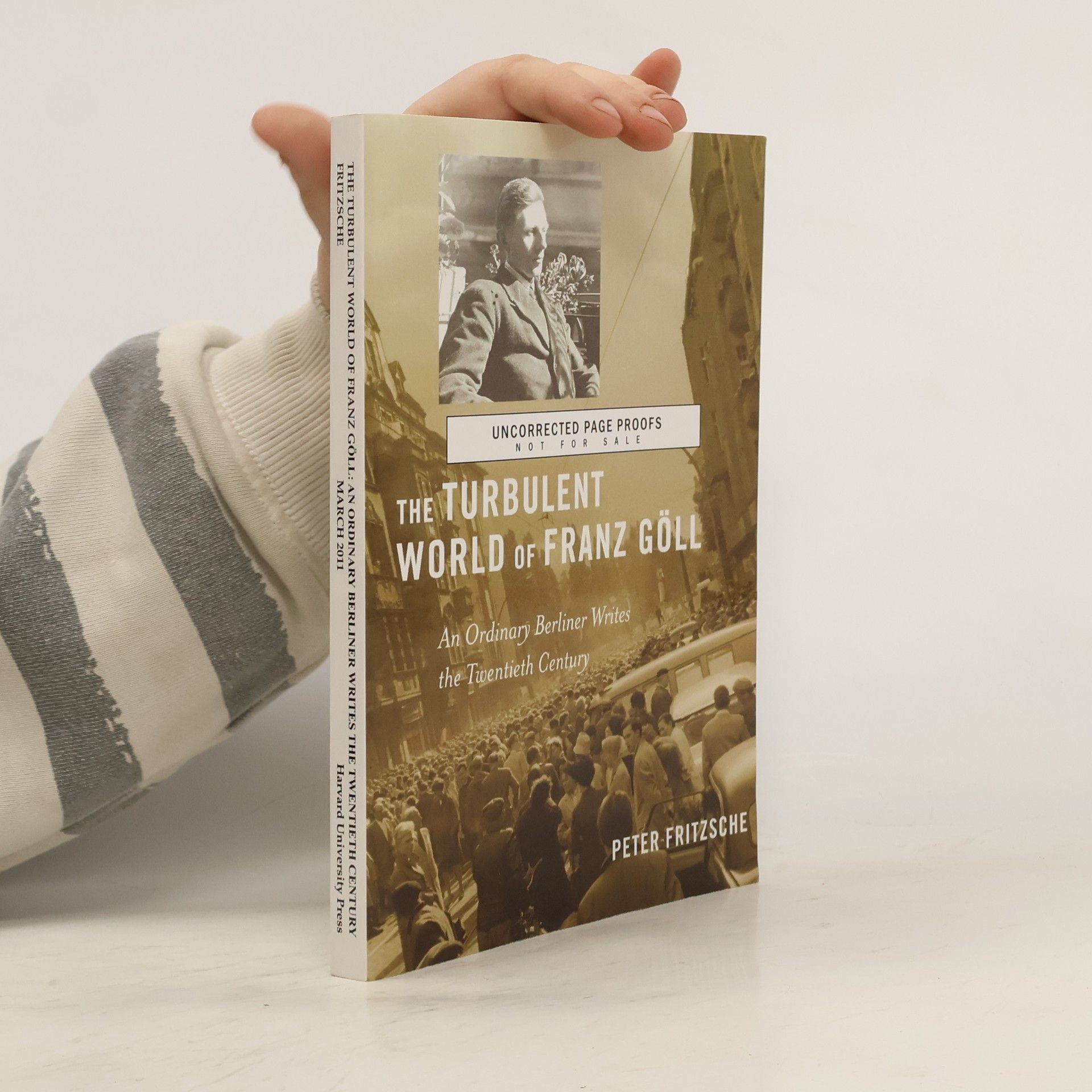Hitler's First Hundred Days
- 430 pages
- 16 hours of reading
The chilling story of the hundred days in the spring of 1933 in which the Nazis laid the foundations for their Third Reich.




The chilling story of the hundred days in the spring of 1933 in which the Nazis laid the foundations for their Third Reich.
Franz Göll was a thoroughly typical Berliner. Fritzsche paints a deeply affecting portrait of a self-educated man seized by an untamable impulse to record, who stayed put for nearly 70 years as history thundered around him.
Warum haben Millionen von Deutschen für Adolf Hitler gestimmt? Diese Frage bewegt die Gemüter seit der Überwindung der Nazibarbarei immer wieder aufs neue. Fritzsche lehnt die Kontinuitätsthese ab, die den Erfolg des Nationalsozialismus aus dem deutschen Wesen erklären möchte. Auf der anderen Seite widerspricht er auch der Meinung, der Aufstieg der Nazis sei allein aus der Kriegsniederlage und dem Versailler „Schmachfrieden“ zu erklären. Die zwei Jahrzehnte bis zu Hitlers Machtübernahme beschreibt Fritzsche als eine revolutionär-populistische Bewegung, die sich bei Ausbruch des Ersten Weltkriegs erstmals manifestierte und u. a. Kraft gewann, weil sie als moderne Massenpartei alle Bevölkerungsschichten ansprechen konnte. Ein unentbehrliches Buch für jeden, der die deutsche Geschichte dieses Jahrhunderts verstehen will.
After a brief introduction, with practical information and advice on getting around Vienna and adapting to the city's culture and customs, this guide presents four walks which all approach the city from different perspectives - the Vienna of the Habsburg monarchy, of Beethoven and of Freud.